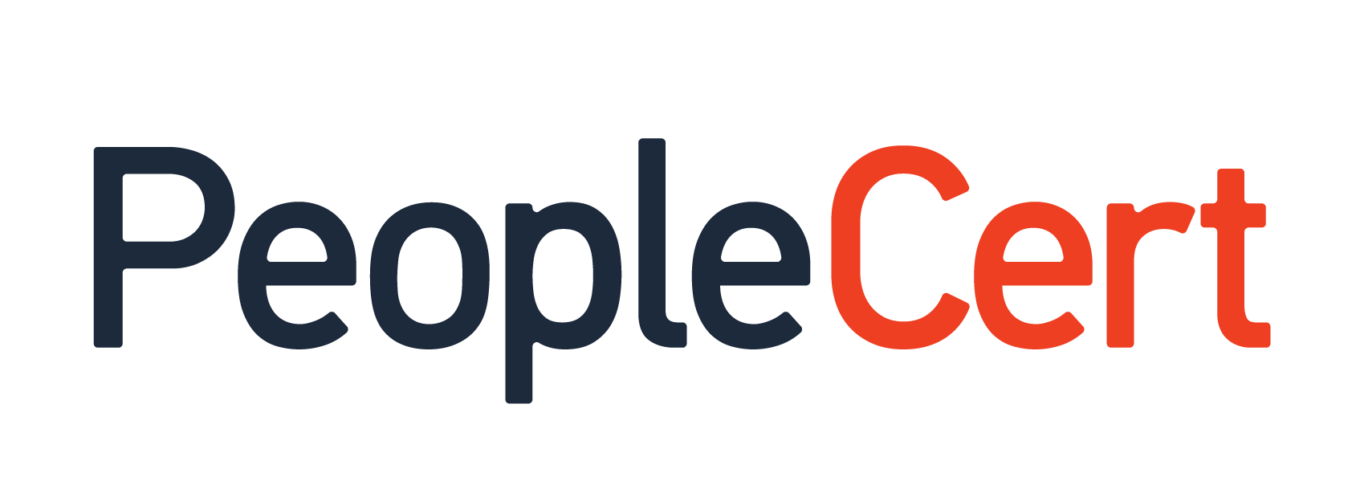Szóste wydanie PMBOKa obfituje w zmiany, zostało rozszerzone o nowe idee. Jedną z nich jest podejście do project management proces oparte na cyklu życia projektu.
So what do we know about individual life cycles? Well, we have a predictable life cycle, i.e. the most traditional one, we have adaptive cycles and finally we have their hybrids. In the discussion after the previous article, a question was asked whether it is even possible for the project to be predictable. So I hasten to answer that the authors of PMBOK did not care about the predictability or unpredictability of projects, but about their life cycles. Therefore, in projects whose life cycle is predictable, scope, time and costs are determined in the early phases. This type of project is often called waterfall. Of course, this does not mean that once the scope, schedule and budget are established and approved, they remain unchanged throughout the duration of the project. However, this means that in the early phases of the project life cycle, we know enough about them to develop baseline plans, and any changes to these plans will be reported, analyzed and approved according to specific rules through the integrated change management process.
So what does this process look like in projects with different life cycles?
In an iterative life cycle, the project scope is generally defined early in its life, while project time and cost estimates are modified as the project team's understanding of the product increases. Iterations develop the product through a series of repeated cycles as increments successively add functionality to it.
In an incremental life cycle, the result is produced by a series of iterations that successively add new functionalities to the product within a predetermined time frame. The results have necessary and sufficient properties to be taken into account in the final iteration. In other words, the client receives complete results, ready for immediate use.
The agile lifecycle combines the features of iterative and incremental lifecycles. The team develops the product in subsequent iterations and, remaining in close contact with the customer, quickly obtains feedback in order to deliver a product ready for use at the end of the iteration. Thanks to the early delivery of the result by the project team, the project achieves a faster return on investment because it delivers the result with the highest value first.
A minor note: in the 6th edition of PMBOK, the terms adaptive and agile are often used interchangeably. To better understand the differences between the project life cycles mentioned above, I will quote Figure 3-1 on page 19 of the Agile Practice Guide.
Finally, let's say a few words about hybrids. In projects, there are often areas that are better known and those that we are yet to define or discover. Therefore, if in a certain area the requirements are clearly defined and the expected level of changes is small, we will treat it as a project with a predictable life cycle. Those elements that are still being defined or are characterized by high variability should be managed using an adaptive life cycle approach. In such a case, we will be forced to use tools and techniques characteristic of both predictable and adaptive life cycle projects.
You will be able to read about how to qualify a project and what tools are typical for particular types of projects in the next episodes of the "Agile PMBOK" series.
Author: Arkadiusz Urbański










